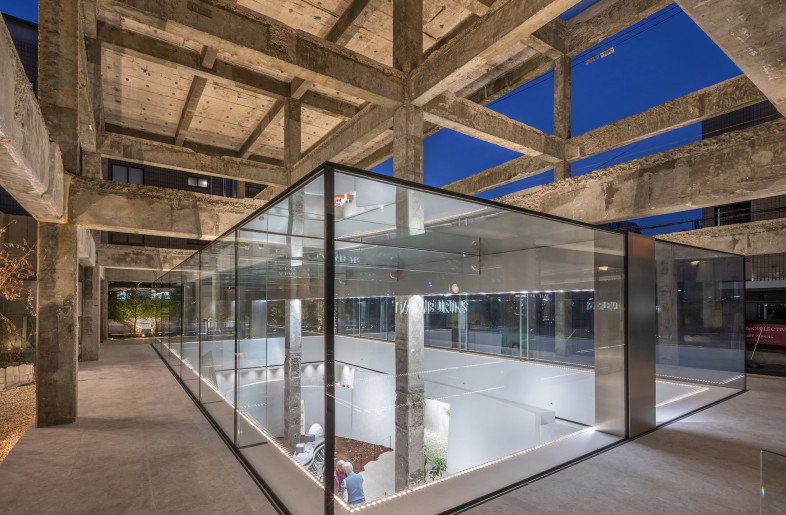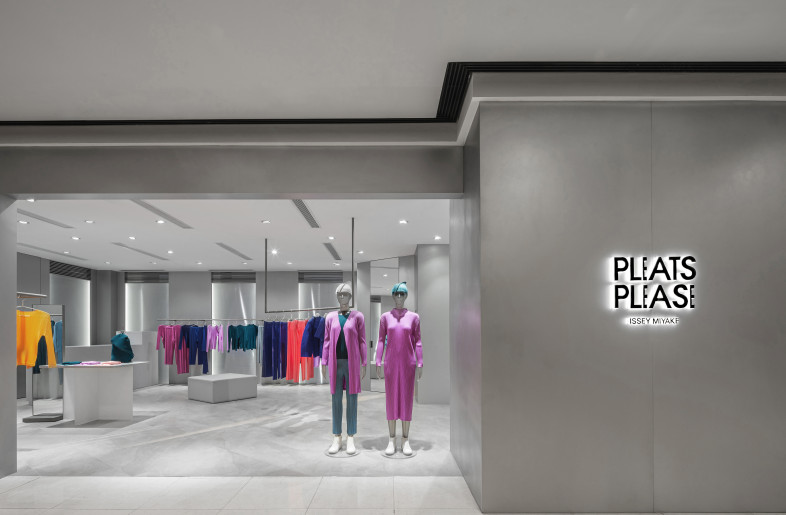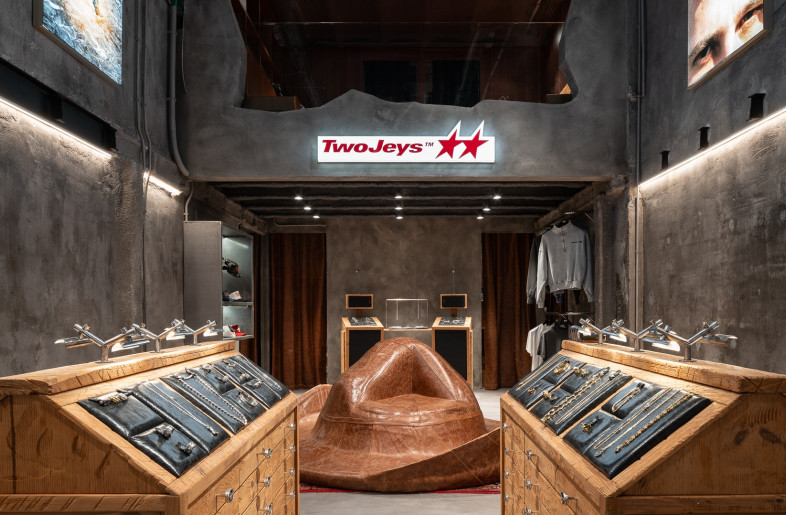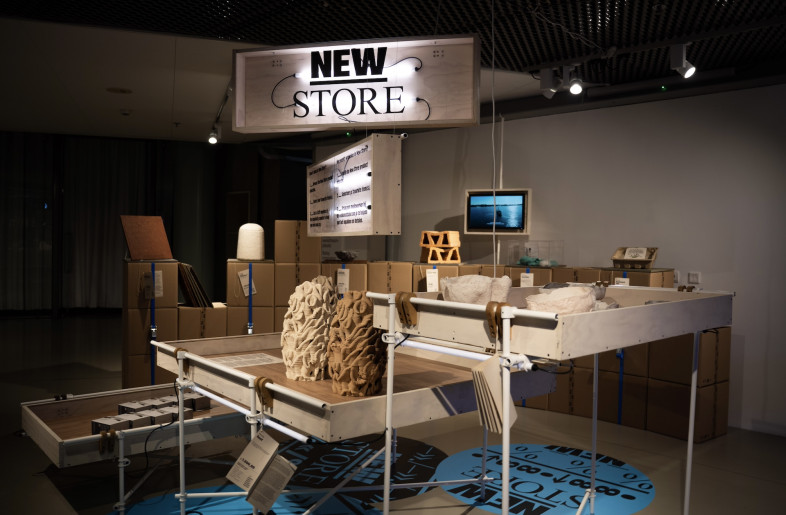Wow. It’s an exclamation that ‘captures a whole range of emotions – surprise, disbelief, delight,’ as StudioXAG founder Gemma Ruse puts it. In 2009, she and her then-boyfriend, now-husband started the (presently 35-strong) London- and-Amsterdam practice, setting out to ‘create the most exciting and creative retail experiences in the world’. This infinite mission has turned the designers into storytellers: their mediums for narrative are not pen and paper or keyboard and screen, though – they’re temporary retail environments such as the pop-up, the installation and the window. At Frame Awards 2020, Ruse shared how she and her team design moments that ‘live a lot longer in the memory than on the shop floor’ – the occasions that cause people to stop and simply say ‘Wow.’
There’s got to be a story when you only have a second to capture someone’s attention
‘There’s got to be a story when you only have a second to capture someone’s attention,’ she explained. ‘For us, the purpose of a pop-up experience is to stop someone in their tracks, to get [customers’] eyes away from [their] smartphone and transform how [they] interact with the brand’. To stand out in the oversaturated retail landscape, argued Ruse, brands need to evoke emotion and lay the groundwork for connection. That idea is supported by Harvard Business Review, which released research revealing that businesses that reach out to their consumers this way outperform competitors by a whopping 85 per cent in sales. No wonder Studio XAG’s Frame Awards-nominated work has been so successful in helping brands such as Napapijri, Liberty, Anya Hindmarch, Calvin Klein and Adidas increase footfall and engagement.
Transient retail allows a brand to reach outside the store
‘The pop-up is a billboard, an aspiration – an opportunity to create something that stands out and speaks to your customer in an authentic way,’ Ruse said. ‘Future experiences in retail will further blur the lines between retail marketing and entertainment. With consumers looking to be entertained more than ever before, brands are adapting developing new formats to entice, inspire and engage their community, harnessing the emotive power of the pop-up as a place for cultural gathering. Spaces become venues – venues of culture, of locality, of authenticity.’ These are evolved environments, ones that ‘cannot be replicated online’ – ones that utilize ‘relevant and meaningful cultural programming’ to help brands strengthen existing and form new relationships with people. ‘Retail brands are no longer confined to the flagship or the mall – transient retail allows a brand to reach outside the store, [as a result] becoming more active in the community and bringing its brand story to the source. Leading trend forecaster WGSN tells us it’s longer a path to purchase, it’s a path to people.’
Never before has the physical retail space been a more important tool
So what questions should retailers be asking to future-proof themselves? One, for starters: ‘What can you offer to draw the customer back into the space and give them something unique?’ From that comes another: ‘How can you create a hands-on experience for the customer with the product and tap into their desire for self-improvement?’ ‘Transactions will become a byproduct of consumer socialization and brands need to focus on creating a sense of belonging and a community-first approach to their retail spaces. You want to create a space that draws people in and keeps them coming back.’ That means ‘never being static’: ‘Invigorate future spaces with a sense of discovery and constant newness, so that every time you walk into a space you might be seeing or experiencing something you didn't see before – harness the emotive power of pop-up retail with a transformative customer journey to surprise and excite.’
That means regarding temporary spaces as incubators. ‘Brands need to go back to that startup mentality of learning, of testing the waters and adapting to change. Never before has the physical retail space been more important as a tool to validate product and retail priorities and collect valuable customer data in real life – data will inform the future spaces we create. In order to create connection, the pop-up should be driven by an emotive narrative. But these are stories that go beyond words: they're stories that are spatial, immersive and sensorial. People value things for the stories attached to them.’
Sustainability needs to be woven into your customer journey in order to build and retain trust and loyalty
And critically thinking about sustainability when developing these ‘stories’ is not a nice-to-do, but a must-to-do. ‘Sustainability no longer sits in a silo,’ Ruse reminded the audience. ‘It needs to be woven into your customer journey and touchpoints in order to build and retain trust and loyalty. If your sustainability policy is not visible, you risk alienating your customers who are becoming more conscious about their retail footprint – make sure the social and environmental impact of your products is clear within the pop-up. We believe a sustainable approach is fundamental to the future of pop-up retail.’
Want to tune into Frame Awards 2020 talks and panel discussions? Subscribe to our YouTube channel here – we'll be releasing the insight-driven conversations in coming weeks. Read more overviews here and subscribe to our newsletter here.




-thumb.jpg)
Cynthia-Ammann_01-thumb.jpg)




